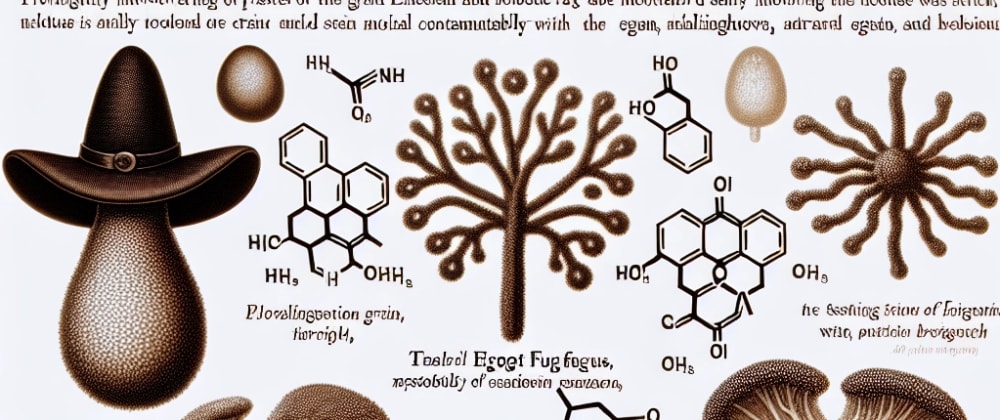🌾 From the Eleusinian Mysteries to the Salem Witch Trials: The Role of Ergot and LSA in History
The interplay between psychoactive substances and human culture has shaped significant historical events and spiritual practices. This blog post explores the ancient Eleusinian Mysteries, the properties of ergot and LSA, and their potential connection to the Salem Witch Trials. Join us as we delve into how these elements intersected to influence pivotal moments in history.
🔮 The Eleusinian Mysteries: Ancient Rituals of Enlightenment
The Eleusinian Mysteries were secretive religious rites held annually in ancient Greece, dedicated to Demeter and Persephone. These ceremonies, which took place in the town of Eleusis, were among the most significant spiritual events in the ancient world.
Key Elements:
- Mystical Experience: Initiates of the Mysteries were believed to gain profound spiritual insights and a deeper understanding of life and death.
- Kykeon: A central component of the rituals was the consumption of a sacred drink called kykeon, which some scholars suggest contained psychoactive substances derived from ergot-infected barley.
🌾 Ergot and LSA: The Psychoactive Connection
Ergot is a fungus that infects rye and other cereals, producing alkaloids that can have powerful effects on the human mind. Among these alkaloids is lysergic acid amide (LSA), a compound related to LSD.
Psychoactive Properties:
- Ergot Alkaloids: Compounds such as ergotamine and ergonovine can induce hallucinations and altered states of consciousness.
- LSA: A naturally occurring psychedelic found in ergot and certain plants, LSA has psychoactive effects similar to, but milder than, LSD.
🧙♀️ The Salem Witch Trials: A Dark Chapter in American History
The Salem Witch Trials of 1692 were a series of hearings and prosecutions of people accused of witchcraft in colonial Massachusetts. The trials resulted in the execution of twenty people and the imprisonment of many others.
Potential Ergot Involvement:
- Ergot Poisoning Hypothesis: Some historians and scientists have proposed that the strange behaviors and symptoms exhibited by the accusers and accused could have been caused by ergot poisoning, or "ergotism."
- Symptoms of Ergotism: The consumption of ergot-contaminated rye can cause convulsions, hallucinations, and other symptoms that might have been interpreted as witchcraft in the 17th century.
🌍 Intersecting Histories: Spiritual and Social Impacts
The connections between these historical events highlight the complex role of psychoactive substances in human culture.
Eleusinian Mysteries and Enlightenment:
- The potential use of ergot-derived substances in the Eleusinian Mysteries suggests that ancient cultures might have harnessed these compounds to facilitate mystical experiences and spiritual growth.
Salem Witch Trials and Mass Hysteria:
- The theory that ergot poisoning contributed to the hysteria of the Salem Witch Trials provides a compelling explanation for the extreme and irrational behavior of the period. This perspective shifts the narrative from purely social and religious factors to include environmental and physiological influences.
🔮 Conclusion: Understanding the Past Through Psychoactive Substances
The exploration of ergot and LSA in historical contexts such as the Eleusinian Mysteries and the Salem Witch Trials offers a fascinating glimpse into the impact of psychoactive substances on human history. Whether used intentionally for spiritual enlightenment or accidentally causing mass hysteria, these compounds have played a significant role in shaping cultural and social events.
As we continue to study these intersections, we gain deeper insights into the complexities of human behavior, spirituality, and societal dynamics. By understanding the past, we can better appreciate the profound influence of psychoactive substances on our collective history.



















